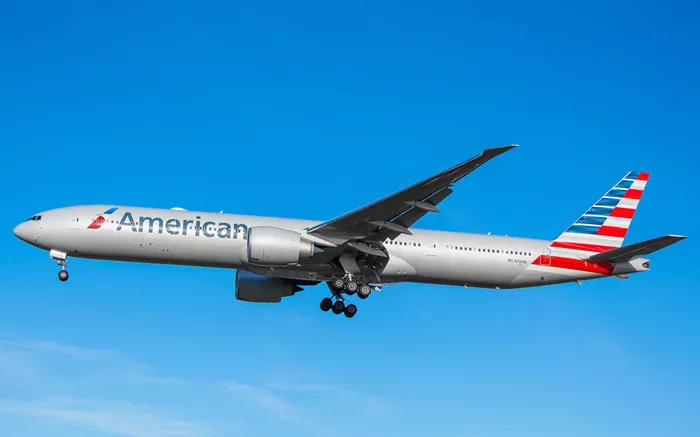American Airlines (AA), the world’s largest carrier by passenger volume and fleet size, continues to rely on its oldest widebody aircraft, the Boeing 777-200ER, despite its 26-year-old design. Headquartered in Fort Worth and led by CEO Robert Isom, the oneworld alliance member operates a staggering 990 mainline aircraft across 350 global destinations, with the 777-200ER remaining a cornerstone of its long-haul network.
A Fleet of Veterans
American’s 47 Boeing 777-200ERs include 44 active jets, two undergoing maintenance, and one in storage. The oldest, registrations N770AN and N771AN, were delivered on January 21, 1999, while the youngest, N768AA, joined in May 2006. Notably, two-thirds of the fleet arrived between 1999 and 2001, with the rest delivered sporadically until 2006. Despite their age, these aircraft underwent cabin refurbishments in 2018, featuring modern three-class layouts (37 business, 24 premium economy, and 212 economy seats) to maintain passenger comfort.
Enduring Role in Global Operations
The 777-200ERs primarily serve transatlantic routes, connecting hubs like Dallas (DFW), Los Angeles (LAX), and Charlotte (CLT) to cities such as London Heathrow (LHR) and São Paulo (GRU). Their reliability and capacity (up to 283 passengers) make them indispensable, even as newer models like the Boeing 787-9 and Airbus A350 loom as eventual replacements.
Maintenance and Future Challenges
With an average age of 24.5 years, maintenance costs for the 777-200ERs are rising compared to fuel-efficient alternatives. While American has not set retirement dates, industry analysts predict gradual phase-outs, leveraging orders for 30 Boeing 787-9s and other next-gen widebodies. The airline’s 2022 sustainability report highlights fleet renewal as a key strategy to achieve net-zero emissions by 2050.
Historical Legacy and Innovation
The 777-200ER’s development in the 1990s revolutionized aviation with its twin-engine design, challenging quad-jet dominance. Its ETOPS certification enabled transoceanic flights, a feat once deemed unsafe for twin-engine jets. Today, American’s fleet reflects this legacy, blending historical significance with operational pragmatism.
Looking Ahead
As American Airlines balances nostalgia for its aging workhorse with the push for modernization, the 777-200ER’s story underscores aviation’s evolution—from skepticism to stalwart reliability. For now, passengers can still experience this veteran aircraft on key routes, a testament to its enduring engineering and American’s strategic fleet management.


